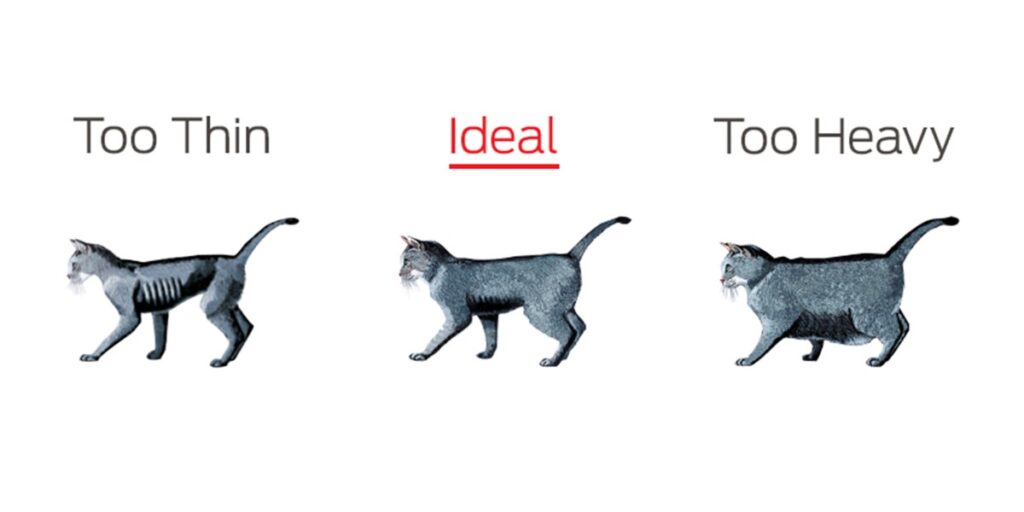Choosing the right type of dog food is essential for the health and well-being of your canine companion. This comprehensive guide will help you understand the different types of Best Nutrition food for dog, their benefits, and how to choose the perfect one for your dog.
1. Dry Dog Food (Kibble)
Benefits:
- Convenience: Dry food for dog is easy to store, measure, and feed, making it a convenient option for busy pet owners.
- Cost-Effective: Typically, kibble is more affordable than other types of dog food, especially for larger breeds that require more food.
- Dental Health: The crunchy texture helps clean your dog’s teeth, reducing the risk of plaque and tartar buildup.
Considerations:
- Quality Variations: The quality of dry dog food can vary significantly.
- Moisture Content: Kibble has low moisture content, so ensure your dog has access to fresh water at all times.
2. Wet Dog Food (Canned Food)
Benefits:
- Palatability: Wet food for dog is often more palatable and appealing to dogs, making it an excellent choice for picky eaters.
- Hydration: With higher moisture content, canned food helps keep your dog hydrated, which is especially beneficial for dogs with urinary tract issues.
- Nutrient-Rich: Many wet dog foods are packed with protein and essential nutrients.
Considerations:
- Cost: Wet dog food tends to be more expensive than dry food, particularly for larger dogs.
- Storage: Once opened, canned food needs to be refrigerated and used within a few days to prevent spoilage.
3. Semi-Moist Dog Food
Benefits:
- Convenience: Semi-moist food is easy to serve and doesn’t require refrigeration, making it a convenient option for travel or busy schedules.
- Palatability: Many dogs find semi-moist food appealing due to its soft texture and flavor.
Considerations:
- Preservatives: Semi-moist food often contains artificial colors, flavors, and preservatives, which might not be ideal for all dogs.
- Nutritional Content: This type of food may not always provide the same nutritional benefits as high-quality dry or wet food.
4. Raw Dog Food (BARF Diet)
Benefits:
- Natural Ingredients: Raw dog food, also known as the BARF (Biologically Appropriate Raw Food) diet, consists of uncooked meat, bones, fruits, and vegetables, mimicking a dog’s natural diet.
- Nutrient Density: Raw diets can be highly nutritious, providing essential vitamins, minerals, and enzymes.
- Improved Digestion: Many dog owners report improved digestion, healthier coats, and increased energy levels with a raw diet.
5. Homemade Dog Food
Benefits:
- Customization: Homemade dog food allows you to tailor your dog’s diet to their specific needs, preferences, and dietary restrictions.
- Control Over Ingredients: You have complete control over the quality and source of the ingredients used.
Considerations:
- Nutritional Balance: Ensuring a balanced diet with all necessary nutrients can be challenging without expert guidance.
- Time-Consuming: Preparing homemade dog food requires a significant time investment.
6. Grain-Free Dog Food
Benefits:
- Allergy Management: Grain-free dog food can be beneficial for dogs with grain allergies or sensitivities.
- High Protein: These diets often contain higher levels of protein from alternative sources like potatoes, peas, or lentils.
Considerations:
- Nutritional Adequacy: Not all grain-free diets are nutritionally complete. It’s essential to choose a reputable brand.
- Cost: Grain-free dog food can be more expensive than traditional options.
7. Organic Dog Food
Benefits:
- Health Benefits: Organic food can improve your dog’s overall health, reduce the risk of allergies, and promote a shiny coat and healthy skin.
Considerations:
- Cost: Organic dog food is typically more expensive due to the higher quality of ingredients used.
8. Veterinary Diets
Benefits:
- Medical Conditions: Veterinary diets are formulated to address specific medical conditions such as kidney disease, diabetes, or obesity.
- Expert Formulation: These diets are developed by veterinary nutritionists and provide targeted nutritional support.
Considerations:
- Prescription Required: Veterinary diets often require a prescription from a veterinarian.
- Cost: These specialized diets can be more expensive than regular dog food.
9. Limited Ingredient Dog Food
Benefits:
- Allergy Management: Limited ingredient diets are designed to reduce the risk of food allergies by using a minimal number of ingredients.
- Simpler Formulas: These diets can be easier on your dog’s digestive system.
Considerations:
- Variety: Limited ingredient diets may offer fewer flavor options, which can be a downside for picky eaters.
- Cost: These diets can be more expensive due to the specialized formulation.
10. Freeze-Dried and Dehydrated Dog Food
Benefits:
- Convenience: Freeze-dried and dehydrated dog food are lightweight and easy to store. They are great options for travel.
- Nutrient Preservation: The freeze-drying and dehydration process preserves the nutritional integrity of the ingredients.
- Long Shelf Life: These foods have a long shelf life, making them practical for long-term storage.
Considerations:
- Preparation: These foods require rehydration before feeding, which can be less convenient than dry kibble.
- Cost: Freeze-dried and dehydrated foods tend to be more expensive than traditional dog food options.
How to Choose the Right Dog Food
When selecting the best dog food for your pet, consider the following factors:
1. Age and Life Stage
Puppies: Require food with higher protein and fat content to support growth and development.
Adults: Need balanced nutrition to maintain health and vitality.
Seniors: May benefit from food with fewer calories and additional joint support ingredients.
2. Breed and Size
Small Breeds: Often require nutrient-dense food with smaller kibble sizes.
Large Breeds: Benefit from food formulated to support joint health and prevent obesity.
3. Health Conditions
Consult your veterinarian to determine if your dog has specific dietary needs due to health conditions such as allergies, diabetes, or kidney disease.
4. Activity Level
Active dogs may require higher calorie and protein content to support their energy levels, while less active dogs may need fewer calories to prevent weight gain.
5. Ingredient Preferences
Consider any known allergies or sensitivities your dog may have, and choose a food that avoids those ingredients.
6. Quality of Ingredients
Look for dog food that lists high-quality protein sources (like chicken, beef, or fish) as the first ingredient. Avoid foods with excessive fillers, artificial preservatives, colors, or flavors.
Inference
Choosing the right type of dog food is crucial for your dog’s health and happiness. By understanding the various options available and considering your dog’s specific needs, you can make an informed decision that will provide them with optimal nutrition. Always consult with your veterinarian for personalized recommendations and ensure that your chosen food meets the nutritional standards set by organizations like the Association of American Feed Control Officials (AAFCO).







